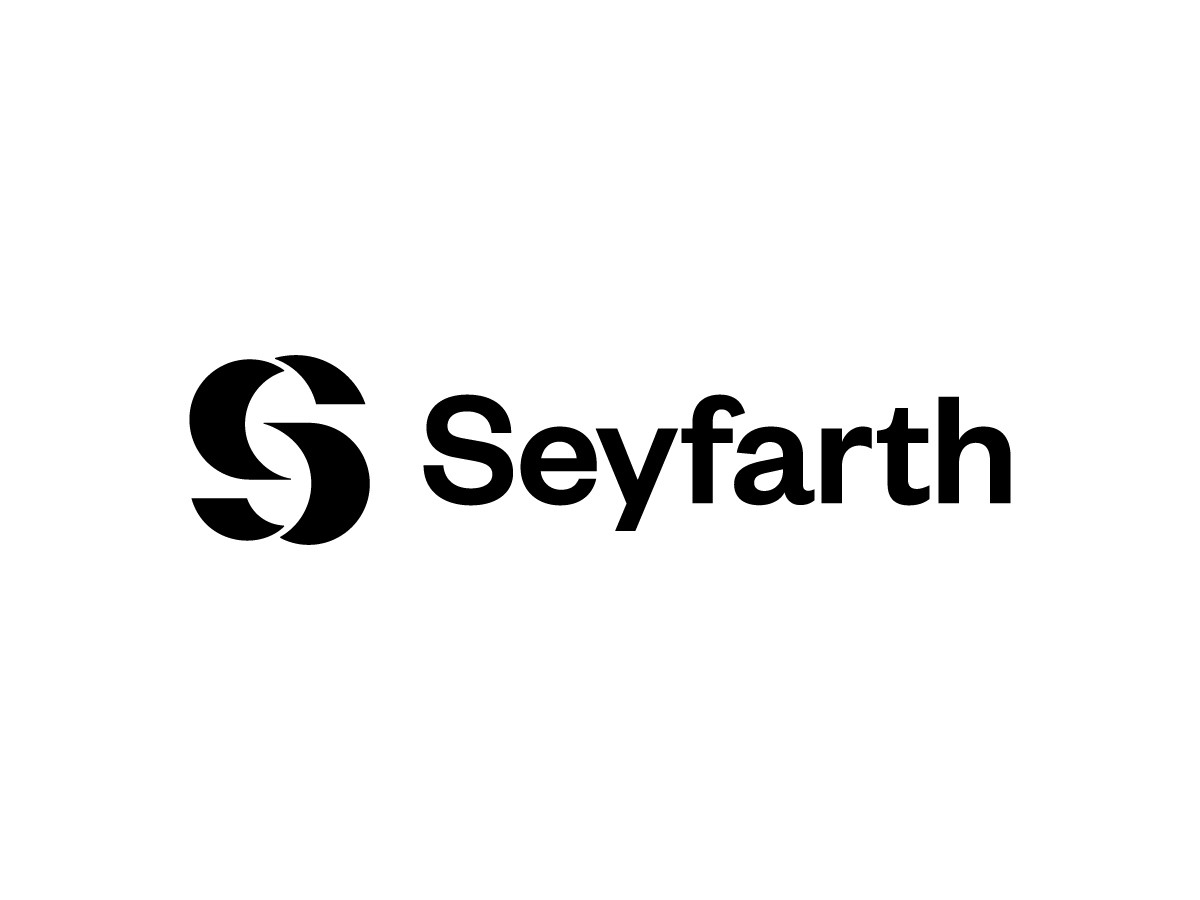Anti-Vax Tax Facts: Legal Considerations for Premium Differentials Based on Vaccination Status

Seyfarth Synopsis: As employers continue to struggle with strategies for safely re-opening their workplaces, we have previously discussed the possibility of mandating a vaccine or providing incentives for getting the vaccine. See Did You Get Your Vaccine Yet… Your Employer May Offer You an Incentive, and Employers’ Mandating the COVID-19 Vaccine for Temporary Workers, and Other Issues for Employers’ Consideration. As employers shift their focus toward the cost of COVID hospitalizations (which studies show are a much greater risk for unvaccinated individuals), employers are increasingly considering imposing a premium differential between vaccinated and unvaccinated covered participants. Imposing such a premium differential is doable, but likely creates a group health plan wellness program, which implicates both HIPAA (under rules issued by HHS), and the ADA and GINA (governed by the EEOC) wellness program rules.
There are myriad intricacies to consider when setting up a wellness program. We will hit some of the highlights here:
HIPAA Wellness Programs
HIPAA’s rules divide the world of wellness programs into two main categories:
(1) Participation-only programs. These are programs that do not require any conditions for receiving a reward and have very few requirements associated with them, except that they must be available to all similarly-situated individuals.
(2) Health-contingent programs. These are programs that base rewards on satisfying a standard related to a health factor, which are further subdivided into
(i) activity-only, and
(ii) outcomes-based programs
While at first blush it may seem like getting a vaccine is participation-only as a person simply needs to get the shot, and does not need to remain free from COVID-19, there is some thought that it may actually be health-contingent because not everyone can get the vaccine due to underlying health conditions.
Most practitioners do not believe such a program is a health-contingent “outcomes-based” program, as the reward does not depend on staying COVID-19-free. However, at least one consultant has taken the position that this type of program could even be outcomes-based if having simply received the vaccine is considered a “health status”.
Although HHS has not provided any direct guidance here, we think it is more likely that such a program would be a health-contingent “activity-only” program. In general, a health-contingent activity-only wellness program must meet the following requirements:
- Incentive Limit:
- Limit the incentive to 30% of the cost of coverage (this limit is increased to 50% if the program includes a tobacco cessation component);
- The limit is based on the overall cost of coverage — i.e., the COBRA rate — applicable to the value of coverage elected — i.e., self-only, family, etc.;
- This incentive would need to be combined with any other “health contingent” wellness program offered under the plan when determining whether the incentives exceed the limit (except that if any incentive is linked to smoker status, the limit is increased to 50%).
- Reasonable Alternative:
- A reasonable alternative must be offered to persons who cannot get vaccinated because it is medically inadvisable or, as a result of the overlay of Title VII, due to a sincerely held religious belief.
- Participants must be notified of the availability of the reasonable alternative in all materials substantially describing the program.
- Annual Opportunity to Qualify:
- Provide an opportunity to qualify for the reward at least once per year;
- Be uniformly available to all similarly situated individuals; and
- Not be a subterfuge for discrimination.
(Note: There are additional requirements for health contingent wellness programs that are outcomes-based programs.)
EEOC and the ADA
The EEOC has modified its wellness program rules a few different times in the last few months. Ultimately, we read the current loosening of the EEOC’s wellness program rules as the administration’s attempt to not discourage incentives.
If the wellness program is for a health-contingent activity-only program, the EEOC is okay if the plan meets the HIPAA/HHS standards. (The new EEOC wellness program rules will also allow an incentive for participatory programs that is not overly large (i.e., considered coercive). )
Similarly, recent EEOC guidance has indicated that vaccine status alone is not a “medical exam or disability-related inquiry” under the ADA. So, if an employer simply requests proof of vaccination status but does not require the employee to get the vaccine directly from the employer (or its contractor), the program is arguably outside of the scope of the EEOC’s wellness guidelines entirely.
Affordable Care Act
For ACA purposes, if the “incentive” is structured as an increased premium, the employer must treat all employees as if they failed to get vaccinated and were required to pay the increased amount for purposes of determining the affordability of coverage, regardless of whether that’s the case. However, there are ways for plan sponsors to mitigate this concern. For instance, the employer could design its “penalty” as a deductible increase rather than a premium increase, which would not impact affordability. (It would impact minimum value, but the employer likely has more flexibility there.) Similarly ,because the ACA only requires that employers offer one affordable option, the employer could link the incentive only to its higher-cost benefit options (leaving untouched its lower-cost, “affordable” option.
* * *
While beyond the scope of this legal update, employers should also be cautious of how they structure the program considering collective bargaining obligations, HIPAA privacy concerns and Section 125 requirements (for mid-year implementations). We will continue to monitor trends in this space with an eye toward any agency indications as to whether they intend to regulate these types of programs.
*** This article has been archived for your research. The original version from JD Supra can be found here ***


